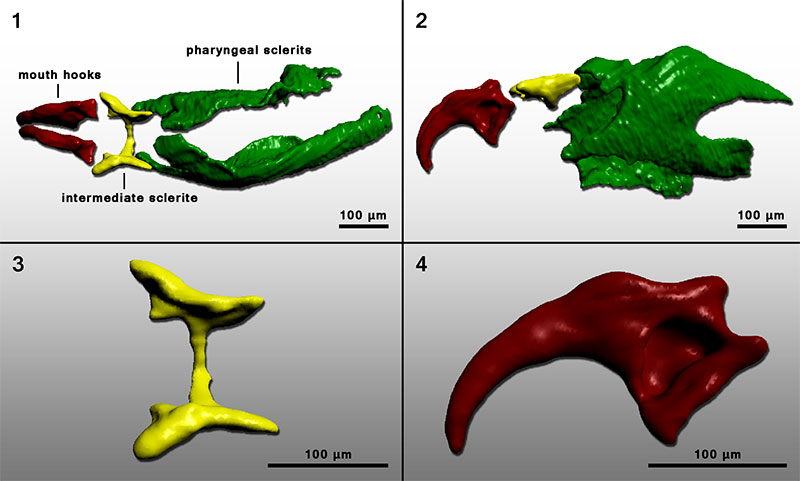FIGURE 1. Locality map of important gravel pits of the Rhine rift valley between Mainz and Ludwigshafen. 1.1 Locality of the Rhine rift valley in Germany. 1.2 Gravel pits are marked with white spots; gravel pits of Geinsheim and Groß-Rohrheim are marked with a yellow star.

FIGURE 2. Hardened skins of upper Pleistocene puparia of Protophormia terraenovae. 2.1 A fossil puparium in dorsal view. 2.2 Mass of fossil puparia discovered from the cranial fragment of Mammuthus primigenius (Geinsheim). a anterior; l lateral. Photo by Georg Oleschinski.

FIGURE 3. Cranial fragments of three Pleistocene mammals containing fossilised puparia. 3.1 Maxilla with left molar of Mammuthus primigenius from Geinsheim (ventral view), 3.2 Nearly complete skull of Megaloceros giganteus from Groß-Rohrheim without lower jaw and antler rose (lateral view), 3.3 Horn core with part of the cranium from Bos primigenius from Groß-Rohrheim (ventral view).

FIGURE 4. SEM-images of fossil remains ( 4.1, 4.3, 4.5, 4.7) in comparison of similar parts of the puparia of extant Protophormia terraenovae ( 4.2, 4.4, 4.6, 4.8). 4.1-2 Segment 1-4 of puparia, 4.3-4 mouth hooks of larvae, 4.5-6 spines of thoracic segment 3 show triangular structure with mainly one or two tips and a broad base, 4.7-8 anal division with six pairs of large papillae (I-VI) and two posterior stigmata of circular structure containing three spiracles.

FIGURE 5. 3D-model of the cephaloskeleton reconstructed from fossil puparia in PDF animation. Pictured below as a still image.

FIGURE 6 SEM-images ( 6.1, 6.3) and microscopic-image ( 6.2) of adult blow fly remains. 6.1 Leg of the extant blow fly Calliphora vicina and corresponding parts of the leg of fossil Protophormia terraenovae [ 6.1.1 upper part of the tibia, 6.1.2 probasitarsus (t1)], 6.2 Part of the mesothoracic spiracle of extant Calliphora vicina, 6.3 Fossil part of the mesothoracic spiracle of Protophormia terraenovae.


